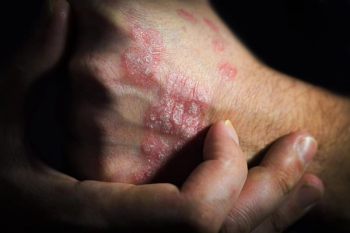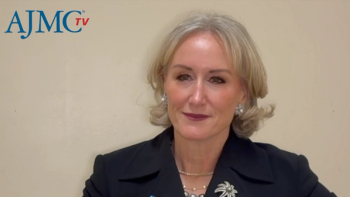
MDD Treatment Disparities Across Patient Populations: Part 2
Drs Chitre and Weaver explore social and health care disparities more prominently affecting various MDD patient populations.
Episodes in this series

Jay Weaver, PharmD, MPH: As we looked across our populations most affected by disparities of care in major depressive disorder, we noticed that 1 population had more isolation and maybe more limited access to care: persons of Medicare age. Some of our older populations have fewer people in their home or fewer people to care for them. That was 1 group that we noticed had some challenges. As we spoke about before, people of color also presented with especially big challenges in getting access to care and seeking care. The third population that we noticed had fewer specialized services available to them were some of our LGBTQ [lesbian, gay, bisexual, transgender, questioning] populations. They had a lack of specialized services for some of the things that they’re dealing with as they’re seeking health care services and finding people who can relate to their needs.
Mona Chitre, PharmD, CGP: I agree with Dr Weaver. There are a number of populations that have different and pronounced effects because they have different types of diagnosis, lack of access, and no clear treatment plan. There are differences in how they may be treated. I agree with Dr Weaver’s comments. The Black and brown populations, our pediatric patients, and sometimes our female patients all have disparities. We’re always looking at that from both a population perspective and a health plan perspective, ensuring equal treatment and trying to close some of those disparities.
Transcript edited for clarity.
Newsletter
Stay ahead of policy, cost, and value—subscribe to AJMC for expert insights at the intersection of clinical care and health economics.











































